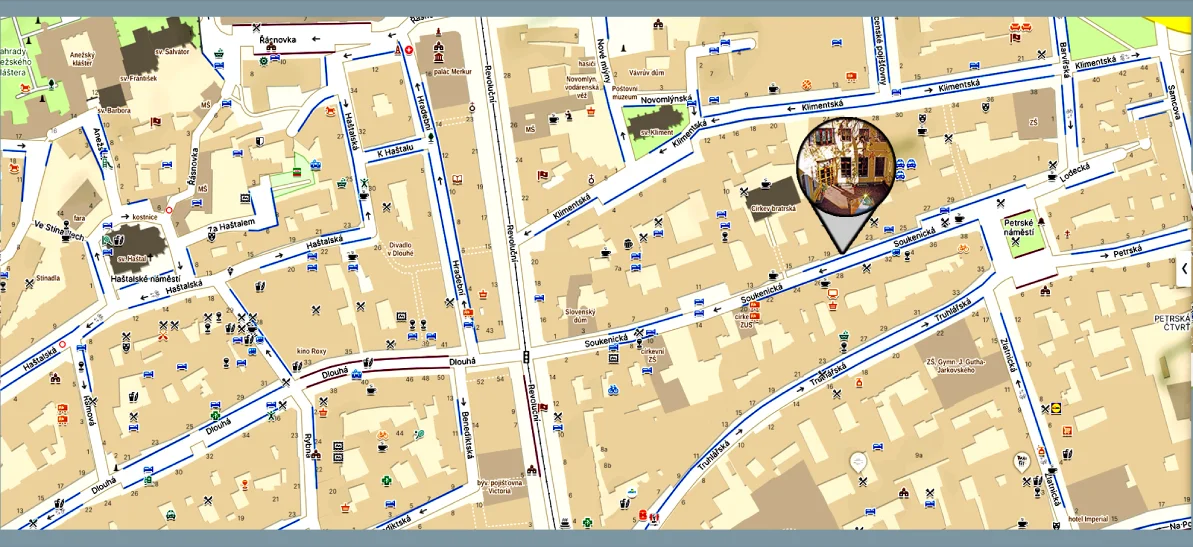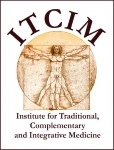
MUDr. Pavol Tibenský - Slovak Republic
Abstract of the presentation
Miasms and Their Place in Health and Disease
Branch: Homeopathy (Homeopath, auriculotherapist, acupuncturist)
Introduction: Samuel Hahnemann, with his discovery of miasms, moved the law of similarity from the symptomatic to the systemic level. This level is comparable to the syndromic classification in classical medicine. Homeopathy does not treat isolated symptoms, but "syndromes", which he called drug images or the totality of symptoms. The perception of miasms differs among authors such as Bentley, Sankaran, and Scholten.
Objective: The author hypothesizes that miasmas must have a real basis in the organism. This basis could be a variant of endosymbiosis known from evolutionarily lower animals and plants. Endosymbiosis is an inherent part of species evolution. At the level of living systems, it represents a more advanced form of the principle from mathematics and cybernetics: a system increases its level of organization by incorporating lower evolutionary elements.
Patient: The author describes the treatment of a patient with a liver abscess and an ulcer on a limb, whose health condition deteriorated after the ulcer was closed using conventional dermatological treatment. The patient was also treated for arrhythmia with Amiodarone, which is excreted from the body partly through the skin.
Results: The case description suggests a positive aspect of the syphilitic miasm, which was managed with pharmacotherapy for other physical illnesses and exclusively with homeopathic treatment for the recurrence of the liver abscess.
Conclusion: This case report of a life-threatening disease highlights the usefulness of the syphilitic miasm concept and the validity of Hering's laws in treatment. The author points to the possibility of clarifying the real nature of miasmas through collaboration with pharmaceutical scientists and by applying knowledge of pharmacokinetics and pharmacodynamics of highly toxic drugs.
Please note that some of the texts also include machine-generated translations.





